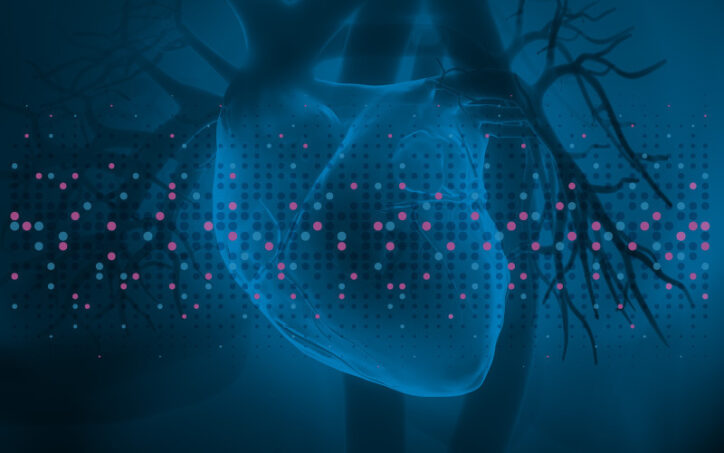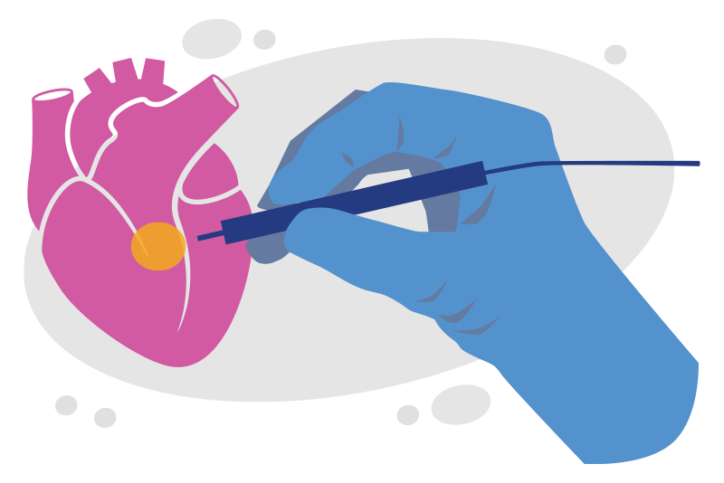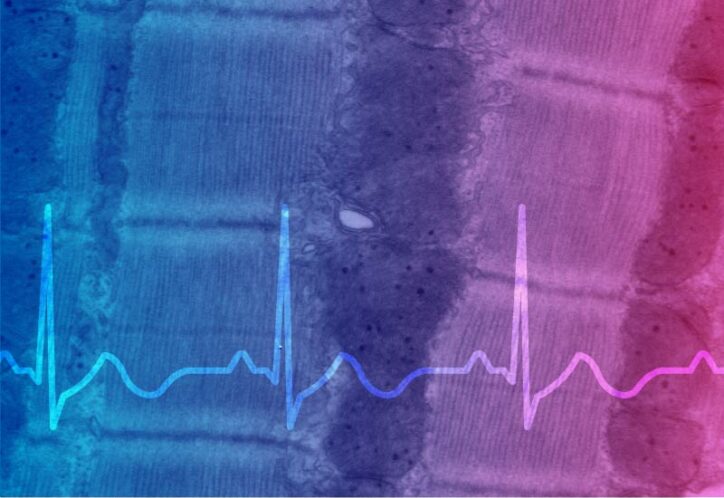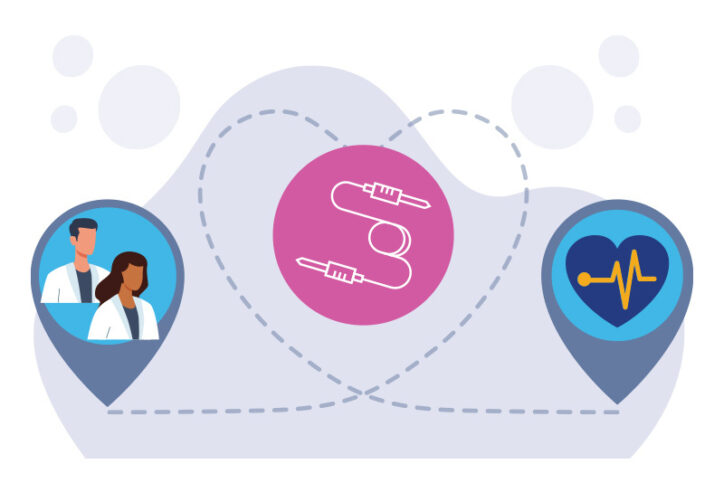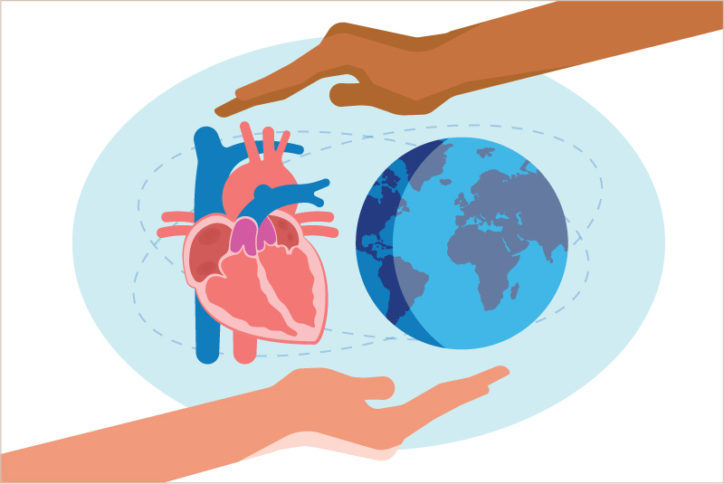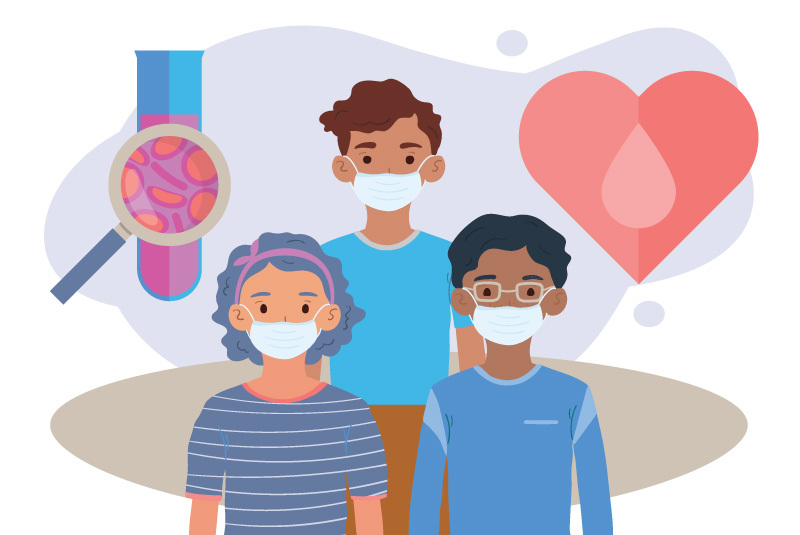Archive for cardiac research
A new view of heart health: Mutations accumulate in the heart starting in childhood
Why do so many people get heart disease when they get older? We know that factors like high blood pressure or high cholesterol contribute to heart disease risk, but they don’t explain all cases. A first-of-its-kind study from Boston Children’s Hospital offers a new lens on heart health. It shows that the cells of our ... Read More about A new view of heart health: Mutations accumulate in the heart starting in childhood
Tagged: cardiac research, genetics and genomics, heart, heart center
A new lens on cardiac surgery could help prevent arrhythmia
Sometimes, a change in perspective can lead to a medical breakthrough. A type of microscopy typically used to detect cancer and other diseases has been adapted to reveal the location of unseen conduction tissue around the heart. The Boston Children’s clinician behind this innovation now aims to prove the safety and effectiveness of fiber-optic confocal ... Read More about A new lens on cardiac surgery could help prevent arrhythmia
Getting to the heart of heart muscle function
Every heart muscle cell, or cardiomyocyte, is studded with tiny, intricate structures called dyads. The dyads are like orchestra conductors: They coordinate incoming electrical signals with release of calcium in the muscle, triggering contraction. When dyads work properly, the different segments of heart muscle contract in unison; when they don’t, heartbeats may be too weak ... Read More about Getting to the heart of heart muscle function
“Seeing” the unseen: A way to pinpoint elusive cardiac conduction tissue
When patients with congenital heart issues have an operation, surgeons have to proceed with an “eye of faith” as they work around conduction tissue — a network of cells and electrical signals that control the beating of a heart. Not visible to the naked eye, conduction systems vary person to person, but they’re particularly difficult ... Read More about “Seeing” the unseen: A way to pinpoint elusive cardiac conduction tissue
Wanting to give back, four heart patients now work as heart pros
They belong to a unique group. As children, they needed surgery to repair congenital heart conditions. Rather than being afraid, they instead were curious about the science behind their treatment. What they learned motivated them to discover more and ultimately pursue careers in medicine. Now healthy adults and working for the Benderson Family Heart Center at Boston ... Read More about Wanting to give back, four heart patients now work as heart pros
COVID-19 vaccination in 12- to 18-year-olds: What does the science say?
With a third “booster” dose of the Pfizer/BioNTech vaccine now authorized for children age 12 and older, you may be wondering about the safety and effectiveness of COVID-19 vaccination in teens. With months of experience — and recent research — to draw from, we now have more answers. Several recent studies led or co-led by ... Read More about COVID-19 vaccination in 12- to 18-year-olds: What does the science say?
Tagged: cardiac research, coronavirus, heart, mis-c, vaccines
Bringing the Ozaki procedure to the world to repair children’s aortic valves
Children with aortic stenosis or regurgitation often need surgery to reconstruct or replace the aortic valve. However, existing bioprosthetics can fail over time, and mechanical leaflets and valves require lifelong anticoagulant therapy. Christopher Baird, MD, director of the Congenital Heart Valve Program at Boston Children’s Hospital, saw a promising alternative emerge in adult cardiac surgery: aortic ... Read More about Bringing the Ozaki procedure to the world to repair children’s aortic valves
New study ties residual lesion score (RLS) to cardiac surgery outcomes
How well a patient does after surgery for congenital heart disease (CHD) depends on a large number of variables, ranging from patient characteristics to preoperative status to anatomic complexity to perioperative factors. One of the most important predictors of adverse events or reintervention is the presence of residual lesions — structural cardiac abnormalities that remain ... Read More about New study ties residual lesion score (RLS) to cardiac surgery outcomes
Soft stents, hardened in place by UV light, allow a snug, custom fit
Airway stents are often used when the trachea and bronchi need to be buttressed, as in children and adults with tracheobronchomalacia whose airways become “floppy” and collapse during normal breathing. This condition can occur in conjunction with congenital cardiac anomalies in which the major heart vessels compress the trachea, and with severe, recurrent bronchitis. But ... Read More about Soft stents, hardened in place by UV light, allow a snug, custom fit
New findings show risk of bleeding and clotting after COVID-19
A year after COVID-19 was first identified, we have some answers about how to prevent and treat this illness, but there are still many questions. Some of the unknowns include what longer-term effects COVID-19 infection may have on the heart and other systems in the body. One of the complications associated with COVID-19 infection is ... Read More about New findings show risk of bleeding and clotting after COVID-19
Tagged: blood, cardiac research, cardiac surgery, coronavirus, heart, heart center, research


